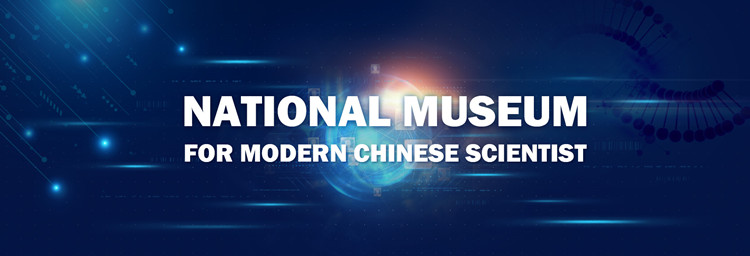They change the world with a noteless herb
Malaria is a parasitic infectious disease caused by the infection of a parasite. People who suffer from malaria experience symptoms such as high fever and chills that shake the entire body.
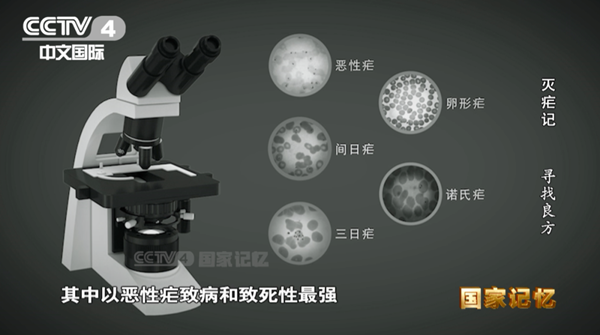
In the 1960s and 1970s, China experienced two large-scale malaria outbreaks. At its peak, the number of malaria cases in China exceeded 24 million, making it urgent to find drugs to treat drug-resistant malignant malaria. On May 23, 1967, the National Science and Technology Commission and the General Logistics Department of the People's Liberation Army of China jointly held a meeting and decided to focus on discovering drug therapies, long-term preventive drugs for drug-resistant malaria, and repellents in a relatively short period of time.
The urgent task was named the "Project 523", using the conference date of May 23 as the code name. More than 500 researchers from across the country formed a collaborative research team, involving scientific research, clinical practice, pharmaceutical production, and other fields.
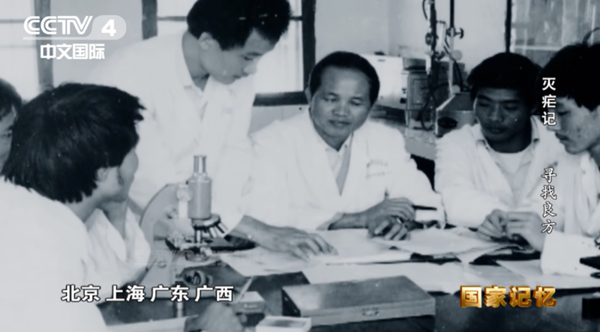
On January 21, 1969, a group of three people, including Bai Bingqiu, director of the Project 523 Office, came to the Institute of Traditional Chinese Medicine (today's China Academy of Chinese Medical Sciences) to convey the mission of Project 523. Tu Youyou, Yu Yagang, and Wang Fengxiang accepted the task, and Tu was appointed as the leader of the project team from the Institute of Traditional Chinese Medicine.
Tu's team initially focused on pepper and extracted "No. 52 drug", but the effect was not ideal.
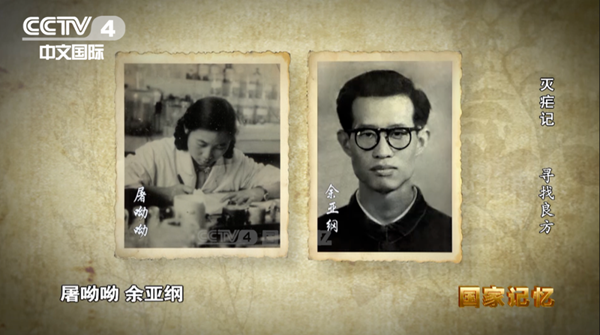
Yu continued to search for useful information from medical texts and ancient books. He numbered the Chinese herbal medicines for malaria treatment recorded in the Malaria Collection compiled by the Shanghai Literature Institute of Traditional Chinese Medicine and included a batch of Chinese herbal medicines, including Artemisia annua, in the pathological screening list of murine models of malaria.
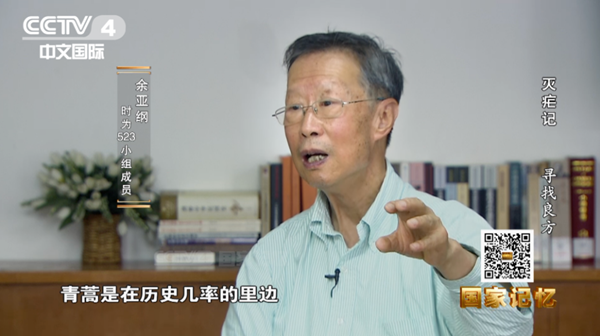
Yu Yagang, member of the Project 523 team [Photo/mmcs.org.cn]
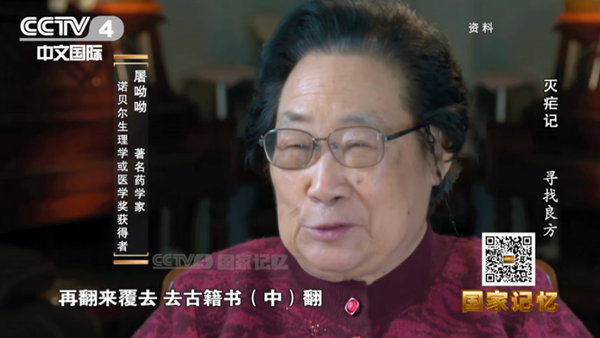
Tu Youyou, renowned pharmacist and Nobel laureate in physiology or medicine [Photo/mmcs.org.cn]
In screening, they found that Artemisia annua was the most frequently mentioned throughout history. They then searched ancient books and found it referenced in Ge Hong's Handbook of Prescriptions for Emergencies: "A handful of qinghao (Artemisia annua) immersed with 2 liters of water, wring out the juice and drink it all." From this, Tu realized that the ancients did not use the heating process typical of traditional Chinese medicine. She decided to use ether, with a lower boiling point and polarity, to extract Artemisia annua. From traditional Chinese medicine, they found new antimalarial drugs that were previously undiscovered worldwide. On March 8, 1972, the Project 523 Office held a seminar in Nanjing. At the meeting, Tu reported the research results of the ether extract of Artemisia annua, and the audience was excited.
After the initial animal safety evaluation, team members tested the drug on themselves, and two batches of human trials showed no obvious toxic side effects.
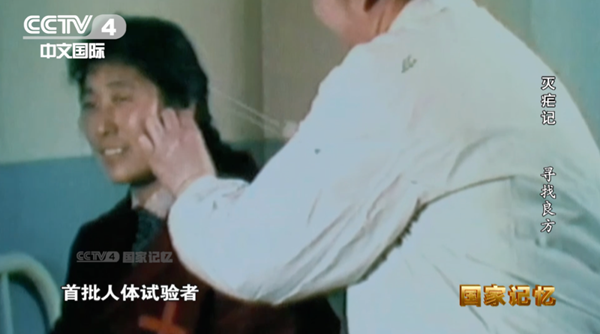
From August to October 1972, Tu and her team conducted the first clinical trial in Changjiang, Hainan province, using a neutral ether extract of Artemisia annua. They proved that the extract was effective against both tertian ague and falciparum malaria. The Project 523 was a nationwide cooperative effort, and the benefits of large-scale collaboration in addressing key problems were fully realized at this time.
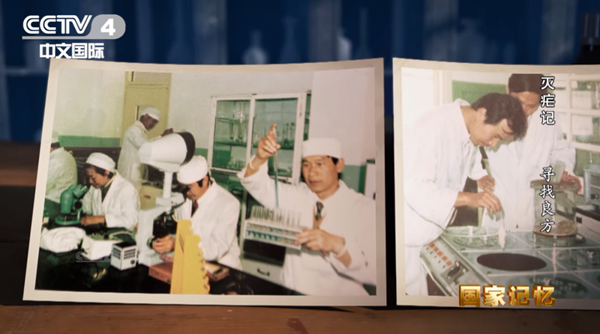
After the Institute of the Chinese Academy of Traditional Chinese Medicine identified Artemisia annua, Luo Zeyuan, a researcher at the Yunnan Institute of Materia Medica, used petroleum ether to extract an effective monomer from the local plant Artemisia annua L. in April 1973. In November of the same year, the Shandong Institute of Parasitic Diseases and the Shandong Academy of Chinese Medicine also extracted effective monomers from the local herb Artemisia annua.

